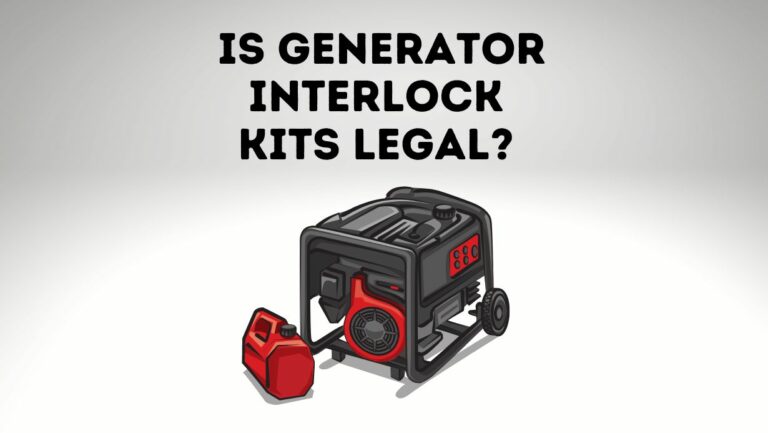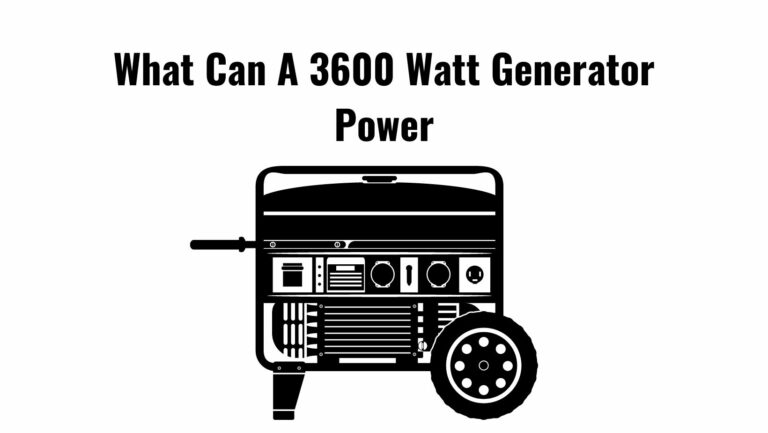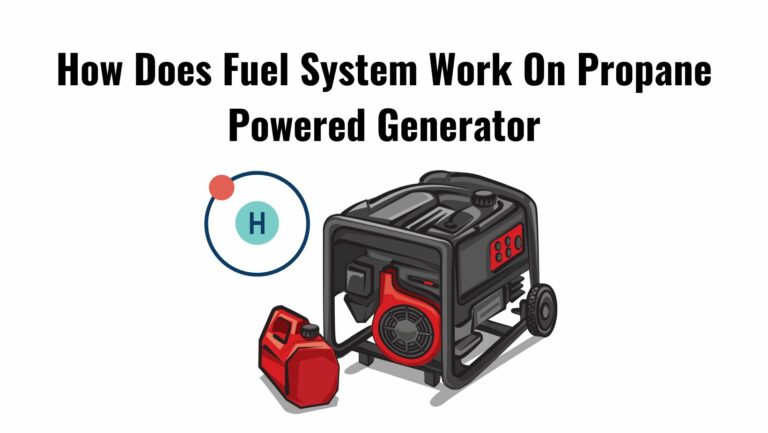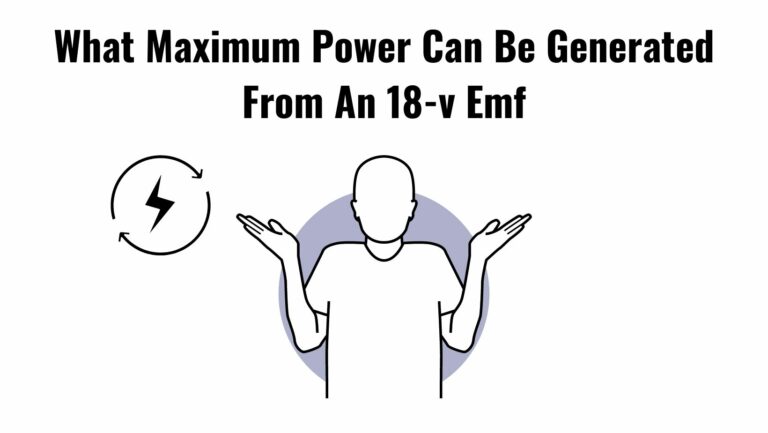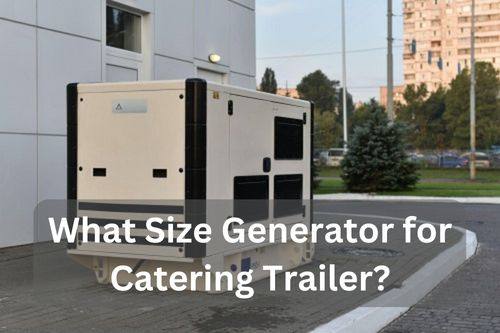
Are you in the market for a generator and wondering what a 450 kW generator can do for you? Great, you’ve come to the right place! A 450 kW generator is a powerhouse that can supply electrical energy to a variety of facilities and equipment. But before you invest in one, it’s important to understand just how much power it can provide. In this article, we’ll explore the capabilities of a 450 kW generator and what you need to know to make an informed decision. So, let’s get started!
Factors Affecting the Power Output of a 450 kW Generator
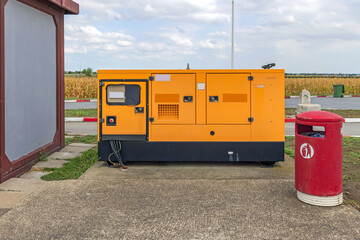
1. Power Demands of the Equipment Being Powered
This is a crucial factor to consider when determining the power capabilities of a 450 kW generator. The amount of power needed to run your equipment and facilities will directly impact the generator’s performance. If the power demands exceed the generator’s capacity, you’ll likely experience problems with overloading, voltage drops, and potentially even damage to your equipment.
2. Generator Efficiency
Another important factor to consider is the efficiency of the generator. Generators that are well-maintained and operated within their design parameters will typically be more efficient and provide more reliable power. Inefficient generators, on the other hand, can consume more fuel and produce less power, which can result in higher operating costs.
3. Availability of Power from the Electrical Grid
The availability of power from the electrical grid can also impact the power output of a 450 kW generator. In areas with a stable and reliable electrical grid, generators may be used less frequently and for shorter periods of time. In areas where the electrical grid is less reliable, however, generators may be used more frequently and for longer periods of time, which can impact their performance and efficiency.
Common Uses for a 450 kW Generator
1. Powering a Medium-Sized Industrial Facility
For medium-sized industrial facilities, a 450 kW generator can provide reliable and consistent power to keep operations running smoothly. This can include powering machines, lighting, and other essential equipment. With a 450 kW generator on site, these facilities can avoid costly downtime and ensure that production remains on schedule.
2. Providing Backup Power to a Large Facility in the Event of a Power Outage
When the power goes out, a 450 kW generator can step in to provide backup power to keep essential systems and equipment running. This can be particularly important for large facilities, such as hospitals or data centers, where a power outage can have serious consequences. With a reliable generator in place, these facilities can maintain operations even during a power outage.
3. Supporting Temporary Power Needs During Construction or Other Projects
For construction sites or other temporary projects, a 450 kW generator can provide the power needed to keep things moving. This can include powering lights, tools, and other equipment on the job site. With a 450 kW generator, construction crews can work around the clock, even in areas where electrical power is limited.
4. Powering a Small Hospital, a Large Commercial Building, or a Water Treatment Plant
Whether it’s a small hospital, a large commercial building, or a water treatment plant, a 450 kW generator can provide the power needed to keep these facilities running smoothly. This can include powering lighting, HVAC systems, medical equipment, and more. With a 450 kW generator on site, these facilities can avoid costly downtime and ensure that essential services remain available.
These are just a few of the common uses for a 450 kW generator. By having a reliable and powerful generator in place, a variety of facilities can keep operations running smoothly, even during power outages or other disruptions.
What Can A 450 Kw Generator Power?
A 450 kW generator can power a wide range of equipment and facilities, including medium-sized industrial facilities, large commercial buildings, small hospitals, water treatment plants, and more. It can provide backup power in the event of a power outage, support temporary power needs during construction or other projects, and help keep essential systems and equipment running smoothly.
The exact equipment and facilities that a 450 kW generator can power will depend on factors such as the power demands of the equipment, the generator’s efficiency, and the availability of power from the electrical grid. However, with a 450 kW generator, many facilities can ensure that they have a reliable and consistent source of power, even during disruptions.
Importance of Proper Generator Sizing
1. Ensuring the Generator Can Meet the Power Demands of the Facility
When it comes to generator sizing, it’s crucial to ensure that the generator has enough power to meet the demands of the facility. If the generator is too small, it won’t be able to keep up with the power needs of the equipment, which can lead to downtime and decreased efficiency.
On the other hand, if the generator is too large, it may not be used to its full potential, which can lead to higher operating costs and decreased efficiency. By properly sizing the generator, you can ensure that it has the power to meet the demands of the facility and keep operations running smoothly.
2. Reducing the Risk of Generator Overloading and Failure
Overloading a generator can cause serious damage and lead to unexpected downtime. Proper generator sizing can help reduce the risk of overloading by ensuring that the generator has enough power to meet the demands of the equipment, but not so much that it’s constantly running at full capacity. This can help extend the lifespan of the generator and reduce the risk of unexpected failure.
3. Improving Generator Efficiency and Reducing Operating Costs
When a generator is properly sized, it can operate more efficiently, which can help reduce operating costs. This is because the generator won’t be running at full capacity all the time, which can be inefficient and lead to higher fuel consumption. Instead, by properly sizing the generator, you can ensure that it has the power to meet the demands of the facility, while also running more efficiently and reducing operating costs.
Final Thoughts
To wrap it up, a 450 kW generator is a powerful tool that can support a wide range of facilities and operations. Whether you’re powering a medium-sized industrial facility, providing backup power in the event of a power outage, supporting temporary power needs during construction or other projects, or powering a small hospital, a large commercial building, or a water treatment plant, a 450 kW generator can help keep essential systems and equipment running smoothly.
However, it’s important to remember that proper generator sizing is critical to ensure that the generator can meet the power demands of the facility. Consulting a qualified engineer can help you determine the specific power needs of your facility and help you find the right generator for your needs.


